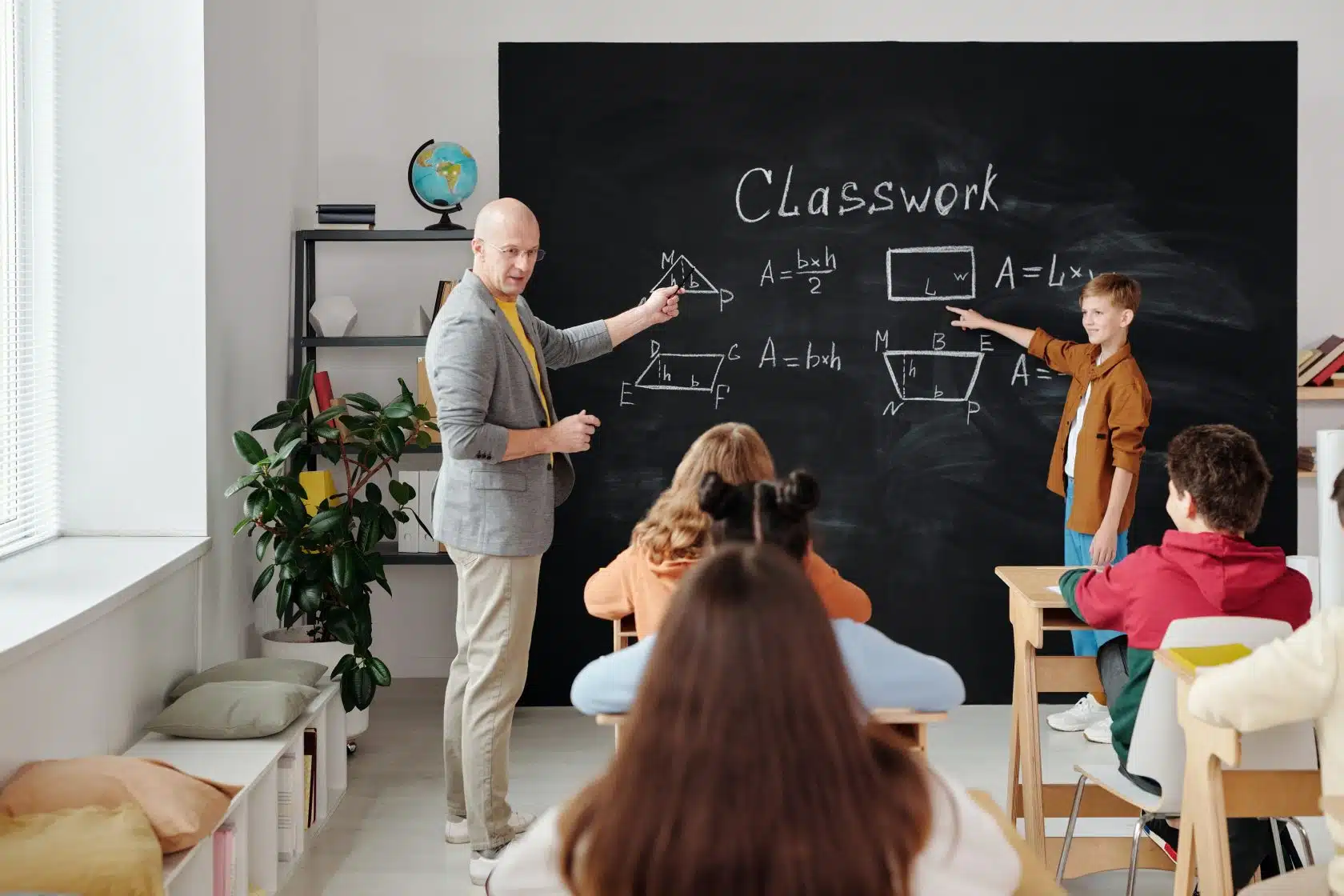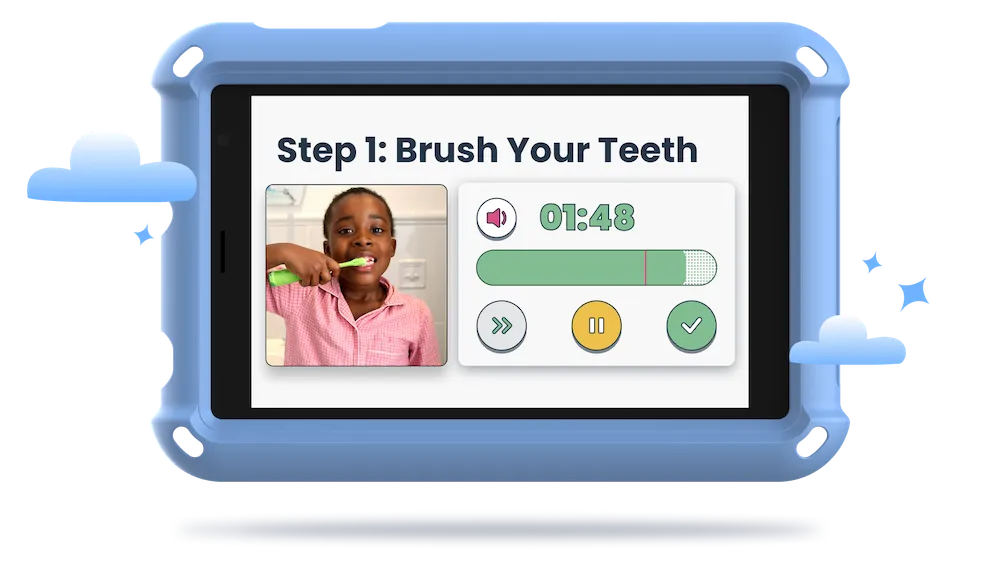Ever seen a mind map or a brainstorming diagram? Semantic maps are kind of like that, but for word relationships! Here’s a snapshot:
- Main Idea in the Center: Start with a core concept or word.
- Branches Out: Draw lines to related words or smaller ideas.
- Links Everywhere: Words can connect to more than one idea.
- Colors & Symbols: Use them to show different types of relationships.
- Growth Over Time: Add more as you discover new connections.
There you have it! They’re a bit like spider webs of words, helping kids see how ideas link up. Who knew learning could be this fun and organized, right?
You know what’s even cooler? Our tablet, Goally, offers tools that make diving into semantic maps a breeze. Plus, it comes packed with fun apps that not only teach language skills but also daily routines and emotional know-how. Let Goally be your child’s new sidekick in their learning adventure!











